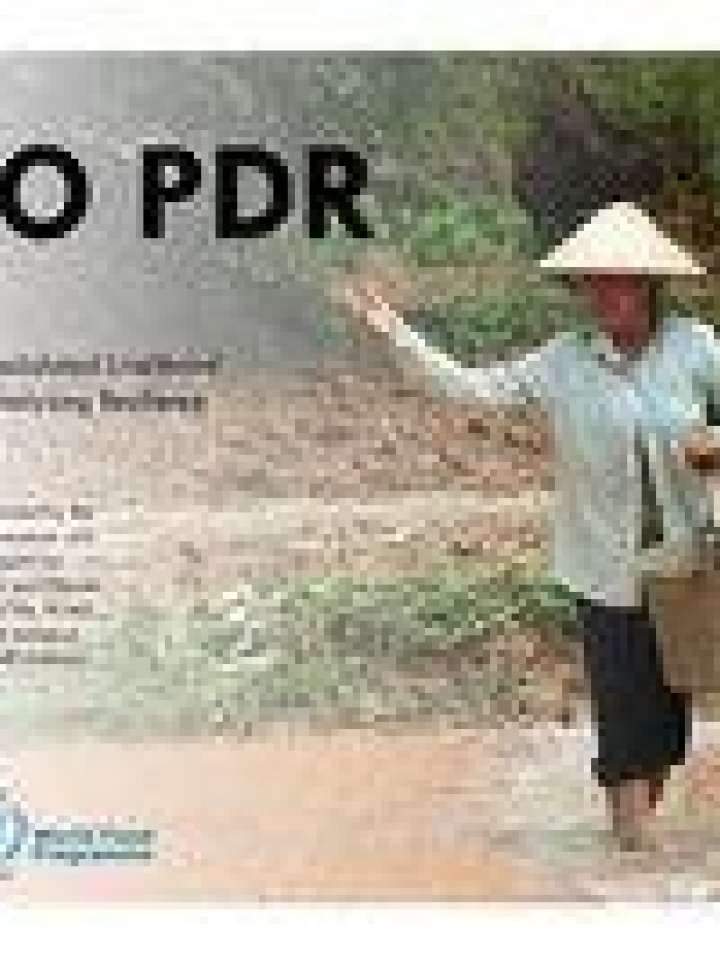Lao People’s Democratic Republic: Consolidated livelihood exercise for analyzing resilience (CLEAR)
This analysis examines the impact of climate risks on food security and livelihoods in Laos. It aims to inform climate change adaptation policies and programmes related to food security and livelihoods in the country. This analysis was built on a country-wide livelihood zoning exercise, resulting in the identification of forty unique livelihood groups - each with a unique climate resilience profile.
The report's main findings are the following (p. 6):
- Livelihood zones which are highly diversified, have sufficient access to financial capital, and those which do not rely on rainfed agriculture, are found to be the most resilient to climate shocks.
- Livelihoods based on rainfed highland paddy production, on the other hand, are amongst the least resilient; not only because they rely on increasingly erratic rainfall, but also because of rugged terrain and remoteness, which limits access to land and alternative livelihood activities.
- Communities dependent on highland paddy are among the most severely affected by climate-related risks.
This report was carried out under the C-ADAPT initiative, funded by the Government of Sweden. The Climate Adaptation Management and Innovation Initiative is an initiative to develop innovative climate-induced food insecurity analyses and practices to inform programming and decision-making .
Explore further
